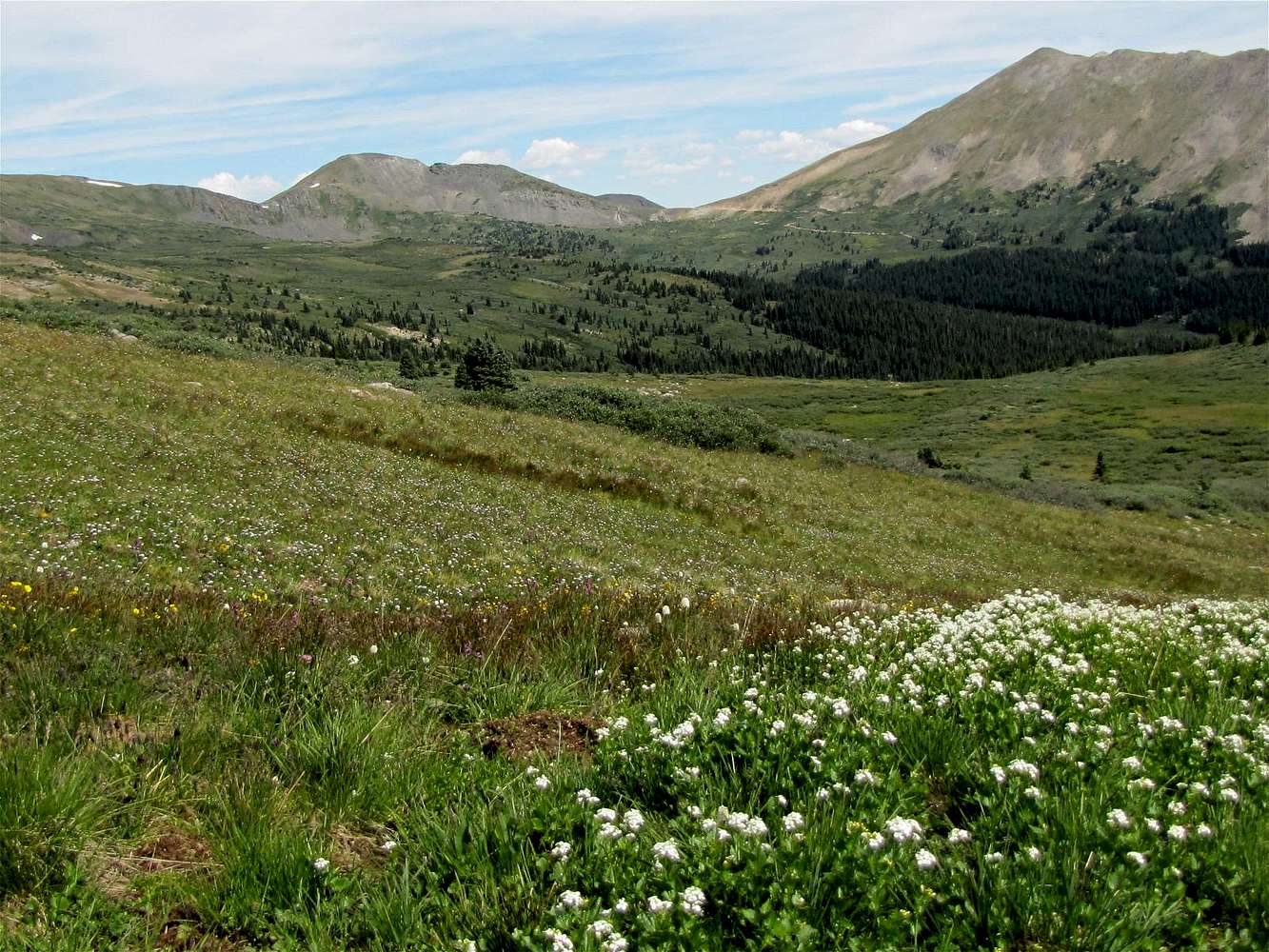both organisms benefit
mutualism
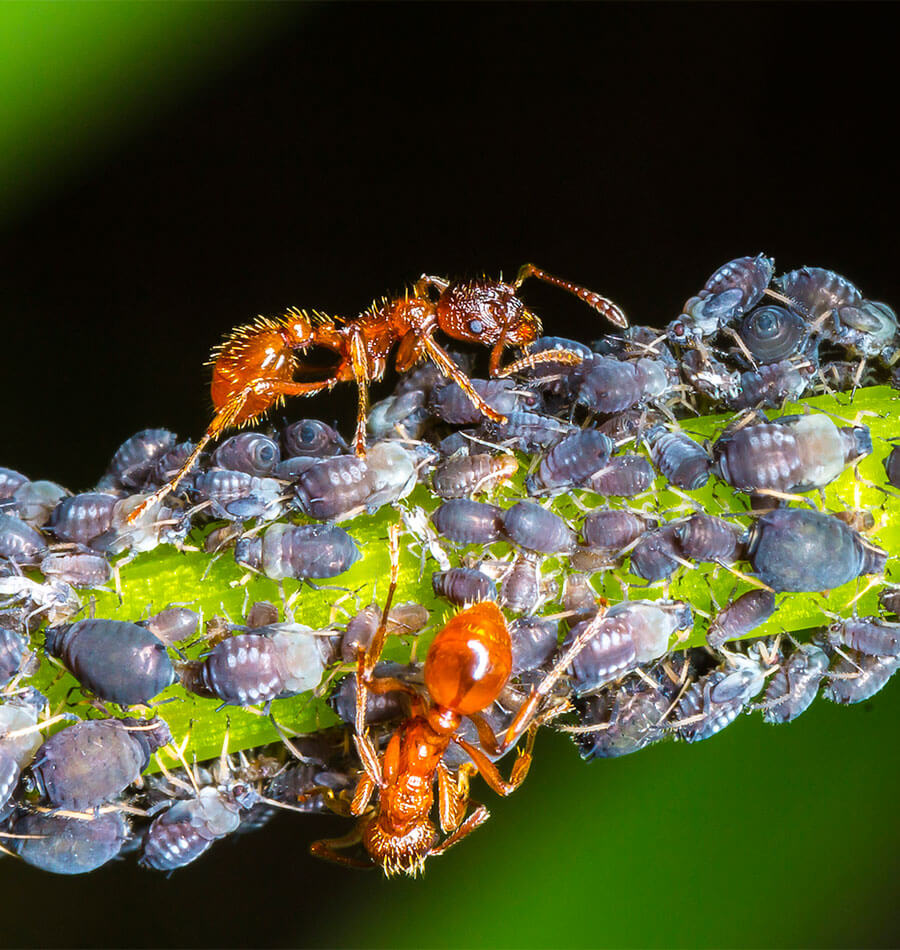
layer of earth where life exists (300)
biosphere
protozoa that move using long, whip-like structures
(400)
flagellates
this group of algae includes the volvox (300)
green algae

a tree that has a strong central trunk and a cone-shaped crown has this type of branching (300)
spire-like
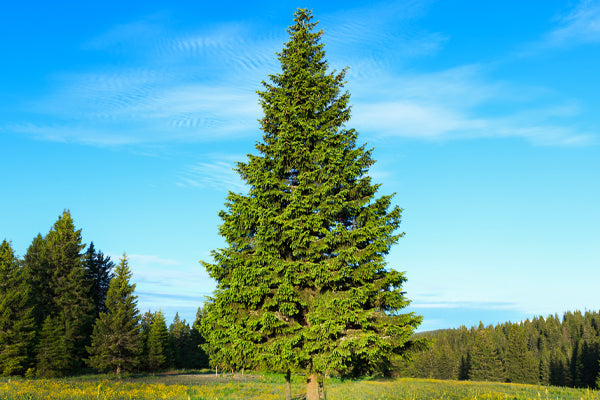
the structure that surrounds and protects the parts of an animal cell (400)
cell membrane
organisms interact only indirectly
neutralism
any object that releases carbon dioxide into the environment
carbon source
the most organized of the social insects
ants

branch of biology that studies organisms too small to be seen with the unaided eye
microbiology
top layer of interlaced leaves in a forest
canopy
the organelles of plant cells in which photosynthesis occurs (400)
chloroplasts
scientific term for the "feelers" on an insect's head
antennae
hottest and driest biome
desert
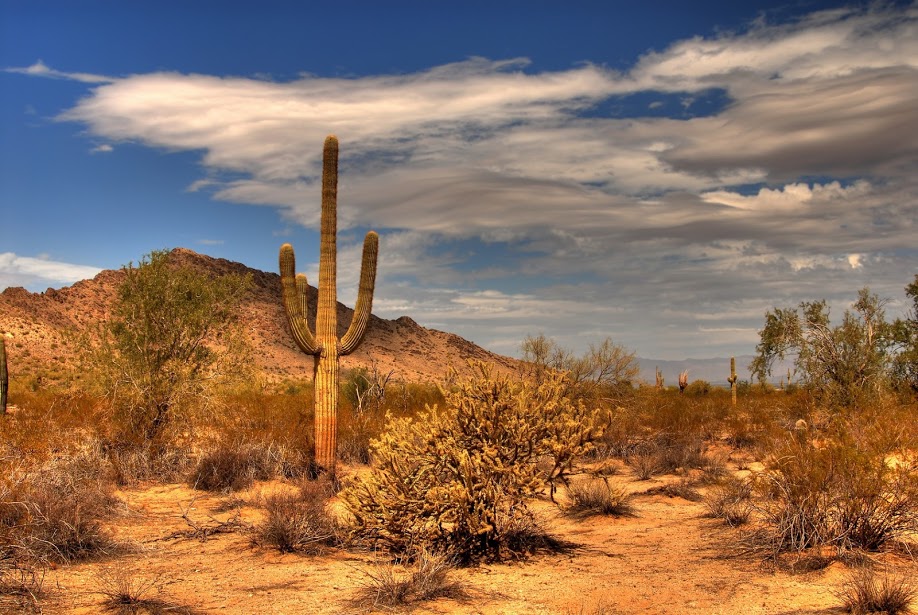
hibernation
carrying capacity
nutritional relationship that involves on animal hunting another animal for food
predation
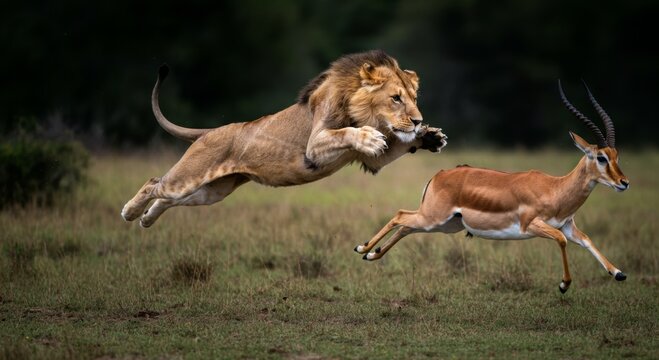
type of crocodilian with a distinctive long, thin snout
gharial
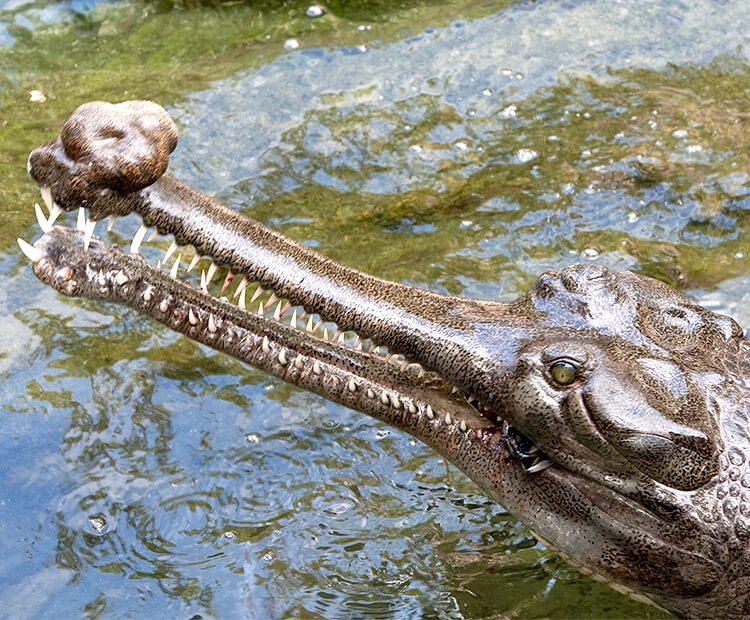
mammals whose young are born undeveloped and grow in a pouch on the mother's body
marsupial
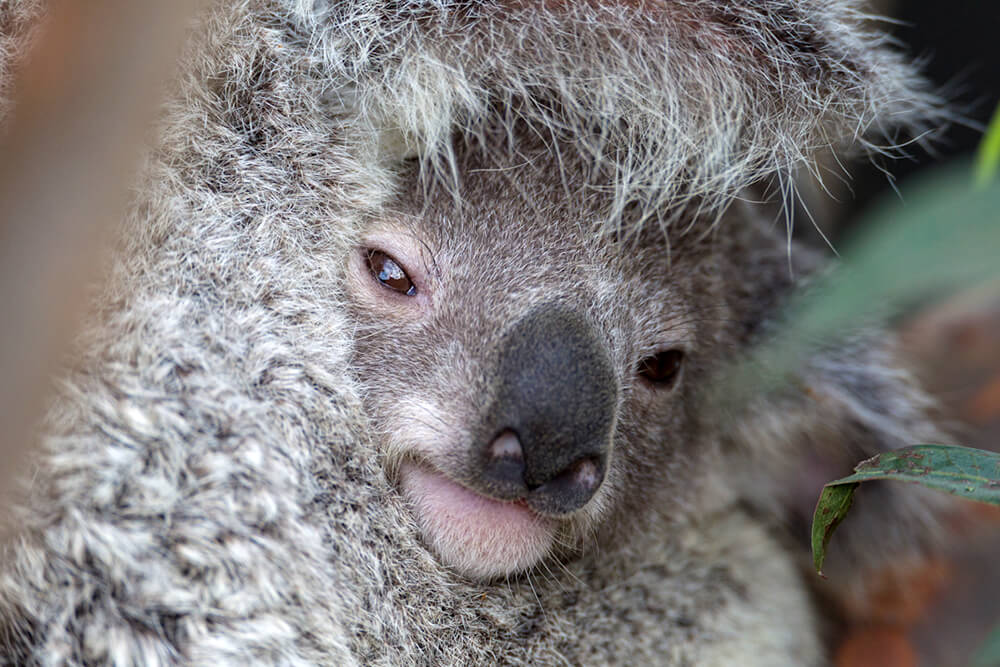
central core of a young woody stem that stores food
pith
fastest-flying bird
peregrine falcon

air sacs in a person's lungs
alveoli
hot, humid region near the equator
tropical rainforest

the idea that the universe and life are the result of chance and natural processes
evolution
animal that does not hunt but looks for dead bodies of other animals
scavenger
type of relationship in which organisms struggle with other organisms for needed resources
competition
largest group of mammals
rodents
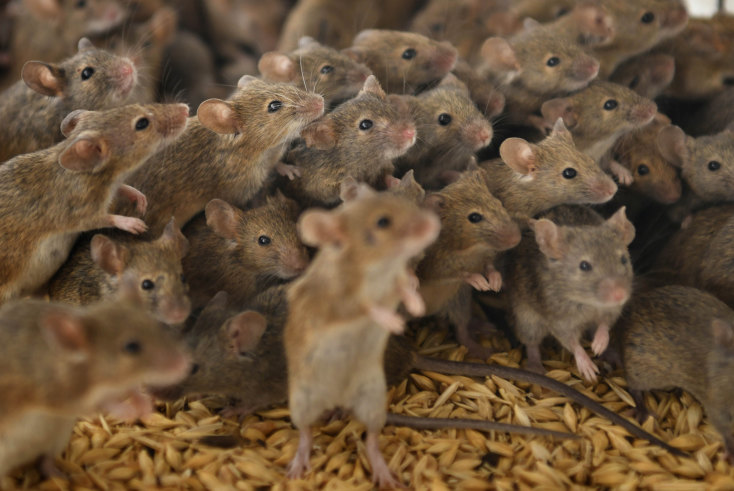
order of insects that have wings that are half-hardened and half-membranous and form an X on the back when the insect is at rest
hemiptera
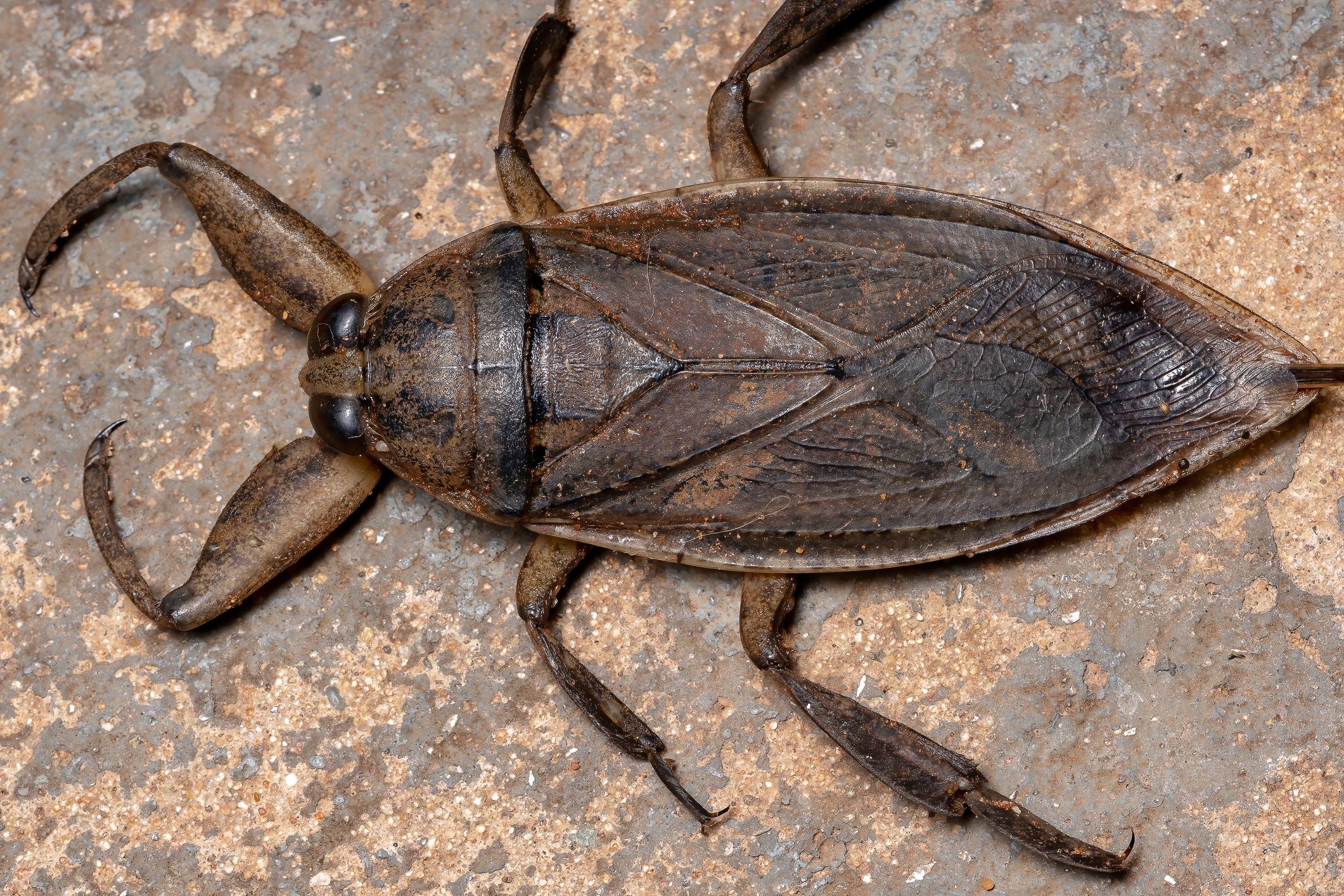
tallest tree species
coast redwood

carnivorous hunting birds are classified in this group
birds of prey
dense canopy of trees, vines, and flowering plants
tropical rainforest
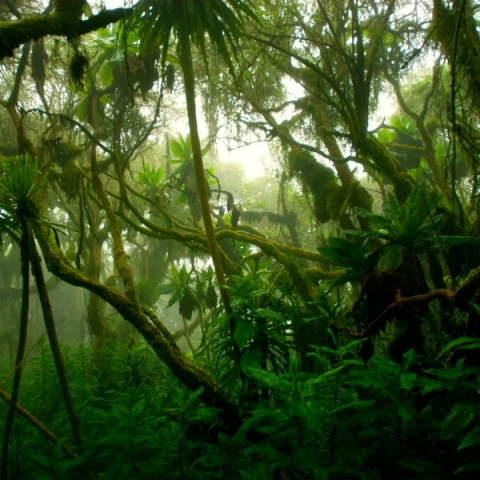
the idea that nature is God
pantheism
number and variety of species in an environment
biodiversity
formed by an environment and all its organisms
ecosystem
crustacean group that has one simple eye on top of its head
invertebrate group that is characterized by three body regions: head, foot, and mantle
mollusks
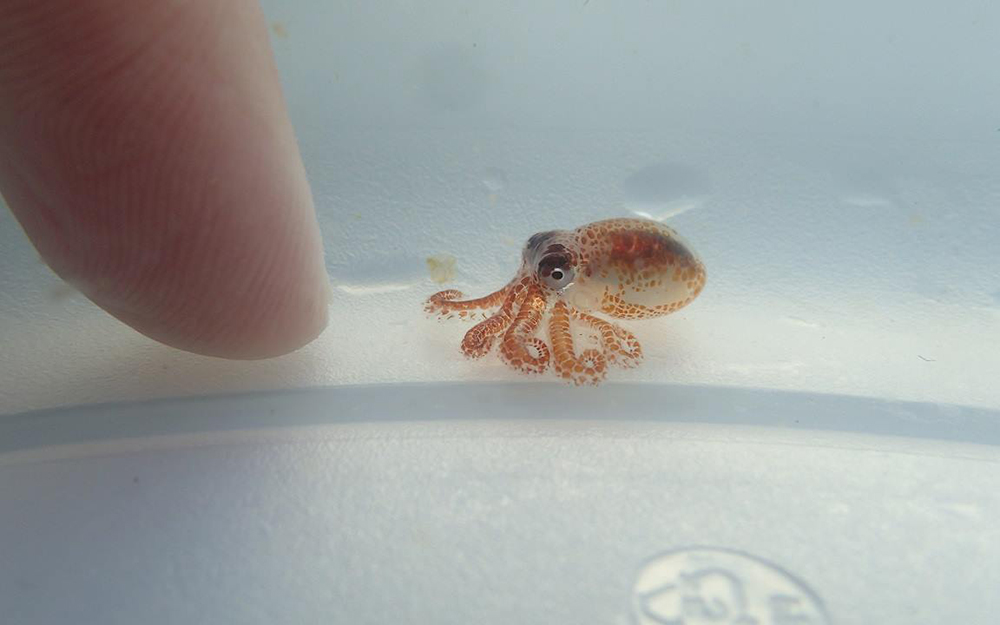
main tissue of a tree trunk
wood (xylem)
gliding within an updraft to gain altitude
soaring
egg-laying organ of a female insect
ovipositor
conifers are the dominant vegeation
boreal forest
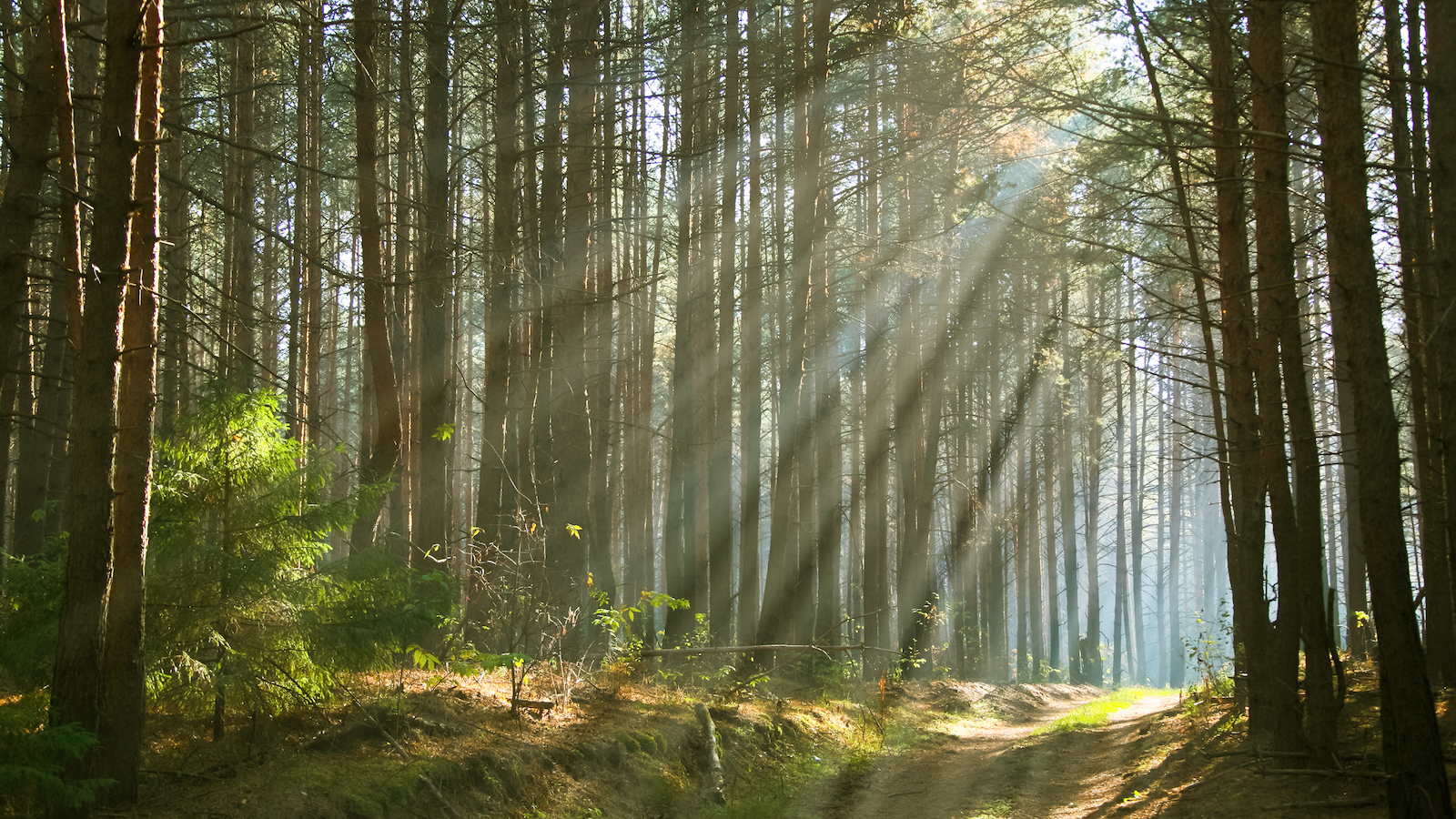
group of nutrients that includes fats
lipids
term that describes the process that occurs when a new ecosystem develops when several years ago a nearby ecosystem was damaged
ecological succession
together, all the living things in an ecosystem
community
order of insects that includes dragonflies
Odonata
the only truly terrestrial crustacean (MUST BE THE TERM WE TALKED ABOUT)
woodlouse
a tree produces abnormal growths when it is attacked by this type of insect
gall-making
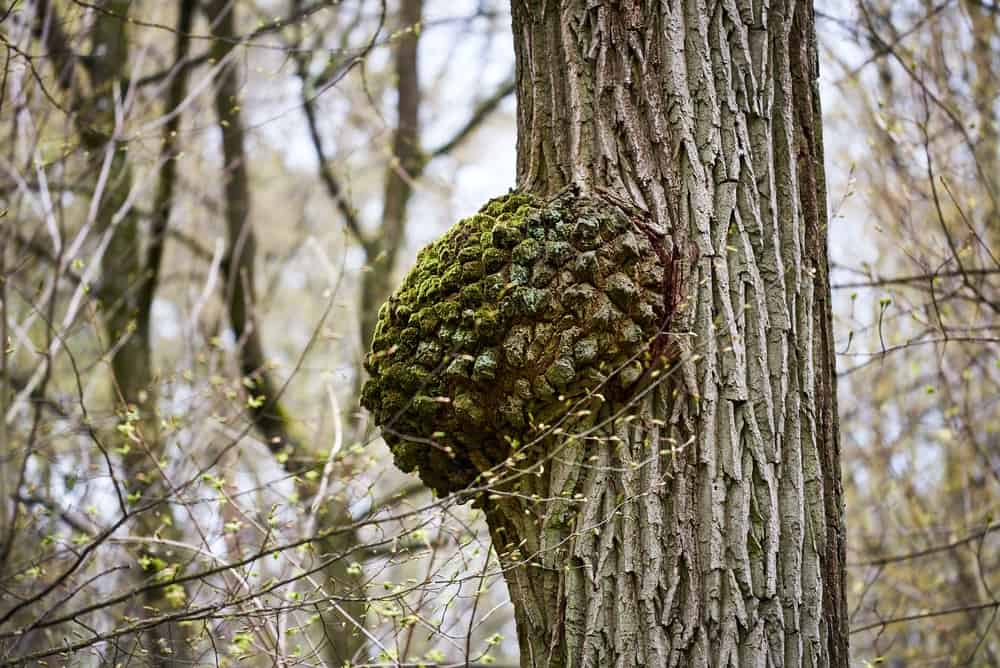
jelly-like substance found in the cell
cytoplasm
the system through which nutrients are supplied to cells, and wastes are removed from cells
cardiovascular (system)
plains and prairies filled with fertile soil
grassland

type of disease caused by a pathogen
infectious
an organism's occupation within its environment
niche
any other organism that exists in the same ecosystem as the organism being studied is this type of factor
biotic (factor)
arachnids that have a long tail with a venomous stinger
scorpions
an organism that does not have an organized nucleus
prokaryote
pores that allow air to enter and leave the stem of a tree
lenticels
combination of alleles that an organism has for a particular trait
genotype
the hard, moveable plates that cover the gills of a bony fish
opercula
region of water that is too salty to be freshwater and not salty enough to be saltwater
brackish biome

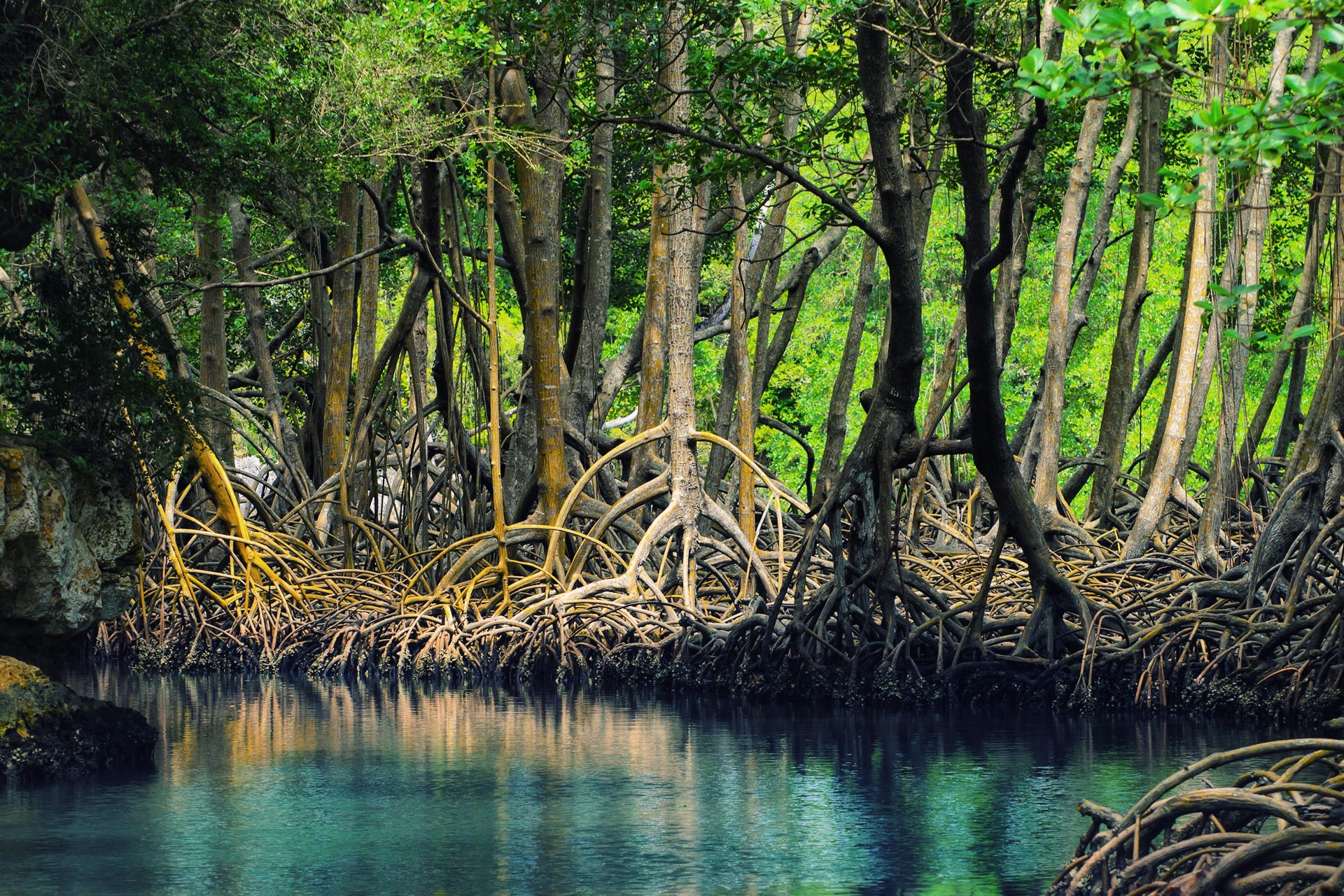
sensible explanation to a scientific problem
hypothesis
term that describes when an environment has reached its capacity for a particular species but keeps receiving more of that species
overpopulation
all the organisms of one species in an ecosystem
population
animal group characterized by having tube feet
echinoderms

tooth-like scales that can be seen if you look closely at a shark's skin
denticles
has no trees because the growing season is too short
tundra

the changing of an immature hatchling into an adult
metamorphosis

type of biogeochemical cycles that recycle nutrients found in soil and rocks
sedimentary
dominant plant species in a biome
climax vegetation
Father of Anatomy
Andreas Vesalius
early growth of a seed
germination
term that refers to a chick that is born featherless and helpless
altricial

organ that allows a bird to produce sound
syrinx
group of drugs that includes morphine and heroin
opioids
an organism that feeds on dead and decaying matter
saprophyte
a classification that describes an organism's feeding relationship with other organisms
trophic level
17th century Italian scientist who demonstrated that maggots are not formed by spontaneous generation
Francesco Redi

plants that live many grouping seasons
perennials
the process by which a cell copies the DNA information of a gen into a molecule of RNA
transcription

